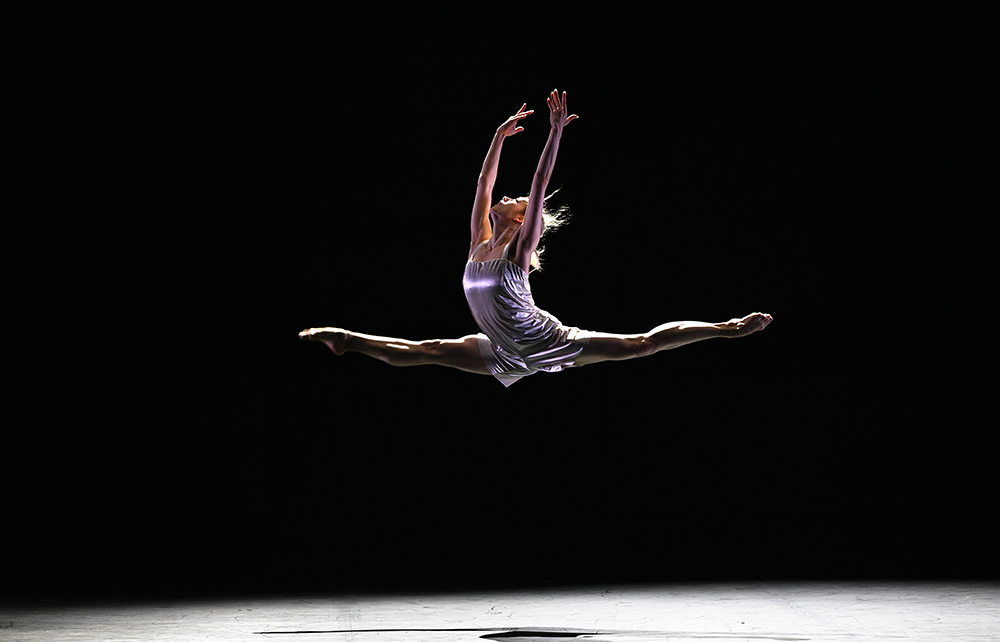Headed for San Francisco, Tamara Rojo bows out of her directorship of English National Ballet with an exhilarating triple bill demonstrating her success in expanding the repertory and raising technical standards. If only the company could tour this class of work outside London.
The climax of the evening was a new version of The Rite of Spring by Mats Ek – his second stab at dramatising music so graphically vivid and violently aggressive that choreographers since Nijinsky have struggled to find imagery and movement to match its primal energy. Even Kenneth MacMillan and Pina Bausch didn’t quite hack it for me.
Ek has avoided the clichés: nobody stomps about plastered in scary face paint. I wonder if his scenario was inspired by Ari Aster’s elegant horror film Midsommar? A community in elegantly cut white kimonos and tunics have selected not a sacrificial virgin but a girl and a boy to mate. The girl’s parents seem anxious but fatalistic. Neither girl nor boy (Emily Suzuki and Fernando Carratala Coloma, both terrific) seem to know quite what is expected of them, negotiating their sexual congress joylessly. The totem is a simple upright pole – it is unclear what it symbolises or why the girl seizes it as a defensive weapon. The boy seems defeated by the onslaught of the community, the girl fights back – and there is a surprise at the climax.
Ek is one of those choreographers obsessed with certain movements – in his case, for example, a deep-bend lope. But he keeps shapes taut and outlines clean. He knows how to build tension: the action is driven forward forcefully and communicates legibly, if ambiguously. The company dances with fiercely drilled vigour and the orchestra provides an adequate account of Stravinsky’s immense score.
Choreographers since Nijinsky have struggled to match the primal energy of Stravinsky’s immense score
Two slighter pieces preceded it.








Comments
Join the debate for just £1 a month
Be part of the conversation with other Spectator readers by getting your first three months for £3.
UNLOCK ACCESS Just £1 a monthAlready a subscriber? Log in